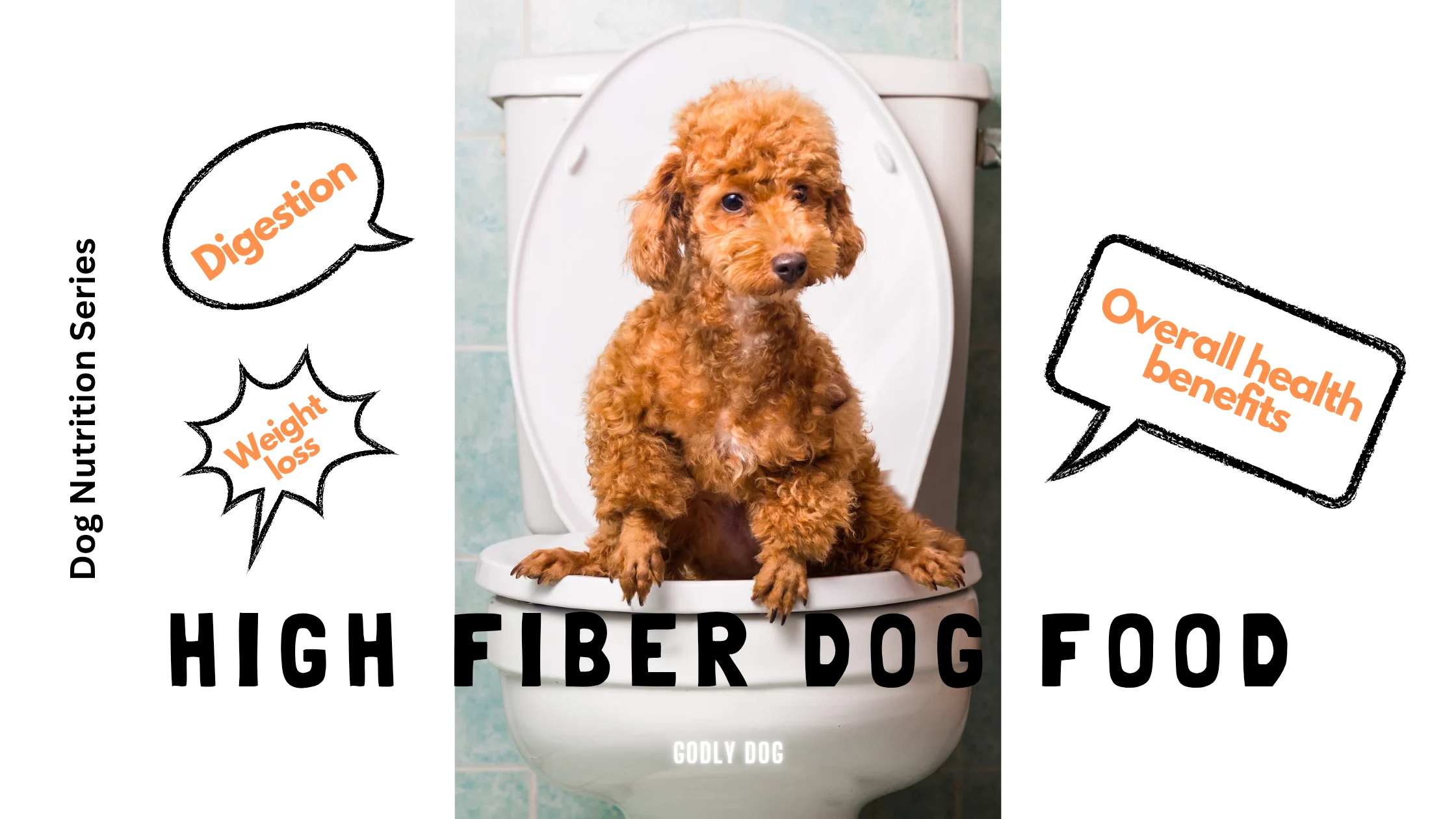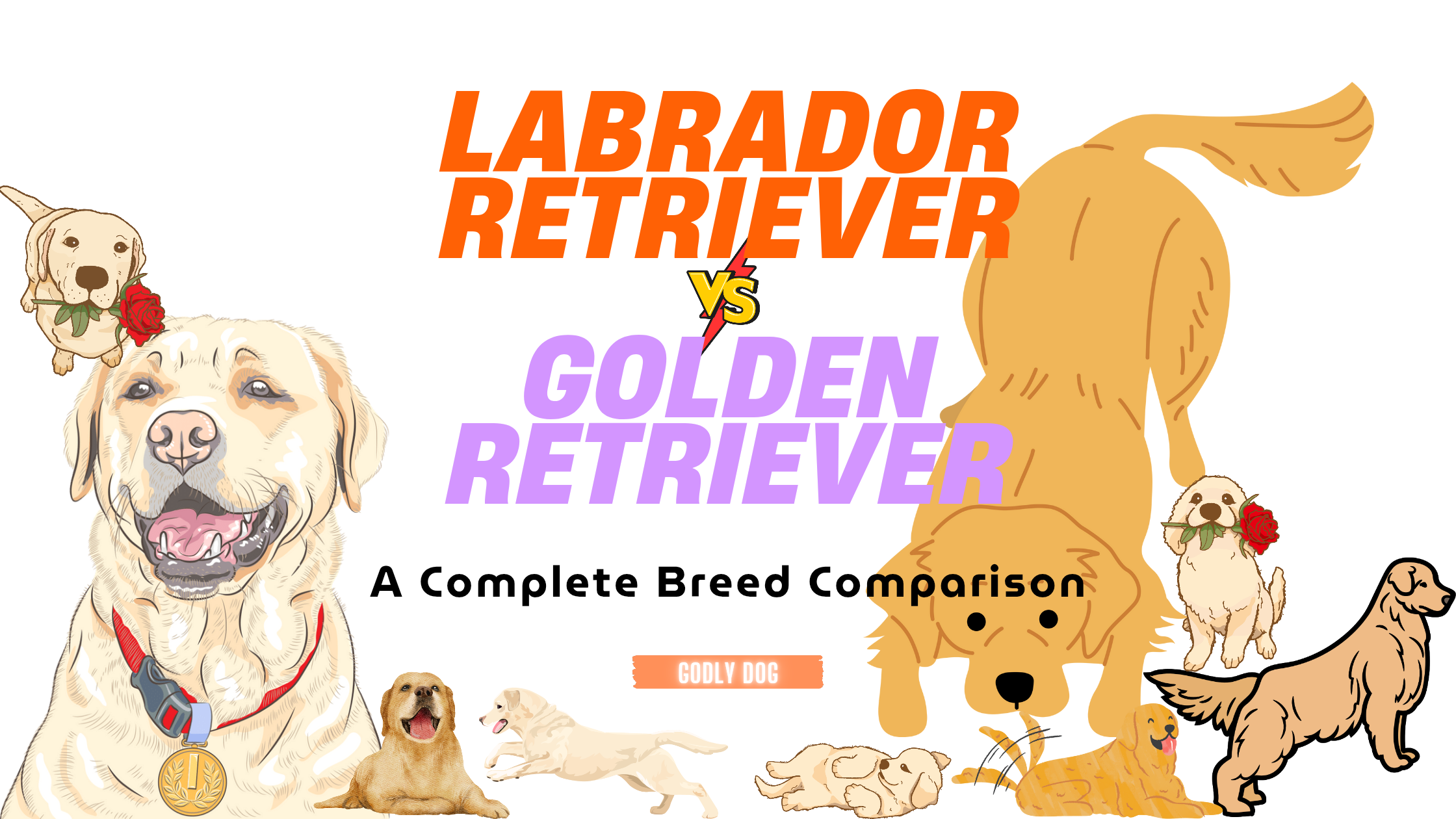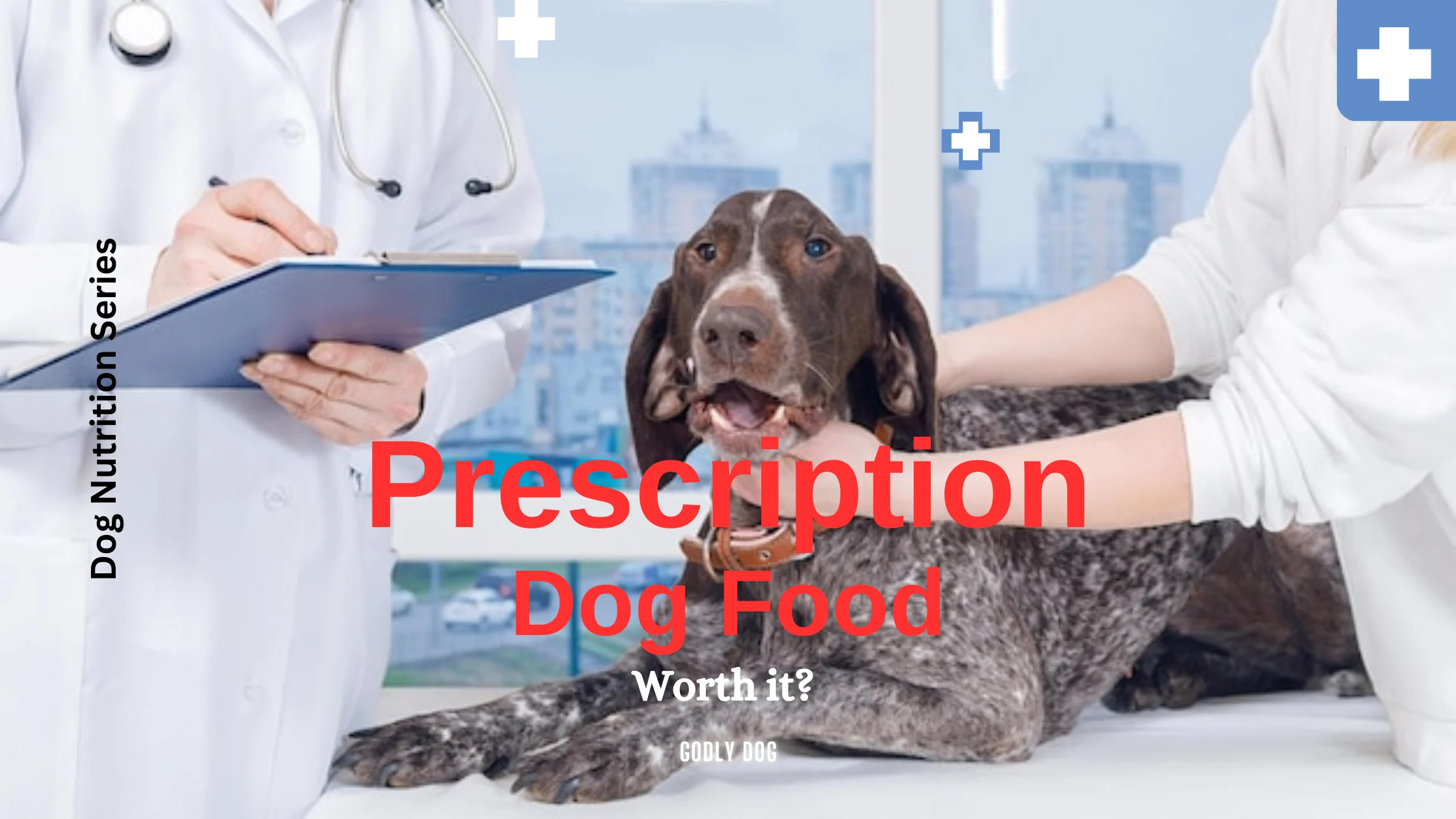High-Fiber Dog Food: How It Helps Digestion, Weight, & Overall Health

Why Do Dogs Need Fiber?
Ah, fiber—the unsung hero of digestion. We humans obsess over it for gut health, but did you know it’s just as crucial for dogs? While your pup won’t be asking for a fiber-rich green smoothie anytime soon, their diet still needs the right balance to keep their tummy (and bathroom habits) in check.
Soluble vs. Insoluble Fiber: What’s the Difference?
Every type of fiber isn’t created the same. There are two main types:
- Soluble fiber dissolves in water and turns into a gel-like substance, slowing digestion. This helps regulate blood sugar levels and improve gut bacteria.
- Insoluble fiber doesn’t dissolve and moves through the digestive tract like a scrub brush, promoting regular bowel movements and preventing constipation.
Your dog’s food should ideally have a mix of both to keep their digestive system in top shape.
How Fiber Supports Your Dog’s Health
✔ Better Digestion (Goodbye, Poop Problems!)
Too soft? Too hard? Fiber helps regulate stool consistency, preventing both constipation and diarrhea. If your dog struggles with bathroom issues, fiber might be the fix.
✔ Weight Management (A Natural Appetite Control)
Got a pup who always acts like they’re starving? High-fiber dog food keeps them fuller for longer, reducing overeating and unnecessary begging. Great news for pet parents battling those “puppy-dog-eyes”!
✔ Regulates Blood Sugar (Especially for Diabetic Dogs)
Fiber slows sugar absorption, preventing spikes and crashes—making it essential for dogs with diabetes or those at risk.
✔ Healthy Anal Glands (Yes, Really!)
Scooting across the floor like they’re auditioning for a comedy show? That’s often a sign of anal gland issues, which fiber can help by firming up stools to express the glands naturally.
✔ Boosts Gut Health
Certain fibers act as prebiotics, feeding the good bacteria in your dog’s gut and supporting overall immune function.
In short, fiber isn’t just filler—it’s a powerhouse nutrient for keeping your dog healthy, happy, and regular. Next, let’s weigh the pros and cons of adding more fiber to their diet.
Benefits & Drawbacks of High-Fiber Dog Food
Like that extra-large salad you regretted eating, fiber can be both a blessing and a curse—depending on how much and what kind you (or your dog) consume. While high-fiber dog food can work wonders for digestion, weight control, and overall health, too much can lead to some, well… gassy side effects.
✅ Benefits of High-Fiber Dog Food
✅ Improved Digestion – Whether your dog struggles with constipation or loose stools, fiber helps regulate bowel movements, keeping things smooth but not too loose.
✅ Weight Management – If your dog inhales food like a vacuum, fiber is a game-changer. It keeps them fuller for longer, preventing overeating and helping with weight control.
✅ Regulates Blood Sugar – Fiber slows down glucose absorption, reducing blood sugar spikes. This is especially important for diabetic dogs.
✅ Better Anal Gland Health – Nobody likes the sight (or smell) of a dog scooting on the floor. Fiber helps bulk up stools, making it easier for anal glands to express naturally and reducing the risk of infections.
✅ Supports a Healthy Gut – Some fibers act as prebiotics, feeding the beneficial bacteria in your dog’s gut and improving digestion, immunity, and even mood.
❌ Drawbacks of Too Much Fiber
❌ Excessive Gas & Bloating – More fiber = more fermentation in the gut. If your dog suddenly starts stinking up the room, you might need to cut back.
❌ Nutrient Absorption Issues – Too much fiber can block the absorption of important nutrients like calcium, iron, and zinc, leading to deficiencies over time.
❌ Increased Poop Volume – More fiber means… more poop. While this isn’t necessarily a bad thing, you’ll notice larger (and possibly more frequent) bathroom trips.
❌ Picky Eaters May Reject It – Some dogs just don’t like the texture of high-fiber kibble, especially if it’s too grainy or dry. If your pup turns up their nose, you may need to find a more appealing option.
Bottom Line: Fiber is fantastic—when used wisely. The key is balance: too little can cause digestive issues, and too much can turn your dog into a bloated, gassy mess.
How to Choose the Right High-Fiber Dog Food
Not all high-fiber dog foods are the same quality. Some are packed with nutrient-dense natural fibers, while others bulk up with cheap fillers that offer little nutritional value. So, how do you choose the right one?
1. Check the Fiber Content
Most regular dog foods contain 2-4% fiber. A high-fiber formula typically has 5-10% fiber, but anything beyond that may be excessive unless recommended by a vet.
Best range for most dogs: 5-8%
For weight management or digestive issues: 8-10% (only if needed)
2. Look for Natural Fiber Sources
The best high-fiber dog foods use natural, whole-food ingredients rather than processed fillers. Keep an eye out for:
✅ Sweet Potatoes – A tasty source of fiber and essential vitamins.
✅ Pumpkin – Great for digestion and rich in prebiotics.
✅ Flaxseed – High in omega-3s and fiber, supporting digestion and skin health.
✅ Carrots – Low in calories, high in fiber, and great for dental health.
✅ Beet Pulp – A prebiotic fiber that supports gut bacteria.
✅ Apples (without seeds) – A crunchy fiber source with antioxidants.
Avoid Cheap Fillers Like:
❌ Corn bran
❌ Wheat hulls
❌ Cellulose (wood pulp—yes, really!)
These offer fiber but little to no nutritional value.
3. Consider Your Dog’s Specific Needs
Not every dog needs the same amount of fiber. Choose accordingly:
For Constipation or Loose Stools: A balanced mix of soluble and insoluble fiber (e.g., pumpkin, flaxseed).
For Weight Management: A formula with more insoluble fiber to keep them full (e.g., sweet potatoes, green beans).
For Diabetic Dogs: Slow-digesting fiber sources like oats and beet pulp help regulate blood sugar.
4. Gradually Introduce High-Fiber Foods
Switching to a high-fiber diet too quickly can lead to bloating, gas, or diarrhea. Instead:
✔ Start by mixing 10-20% new food with their old food.
✔ Gradually increase over 7-10 days to avoid digestive upset.
✔ Monitor their stool (yes, poop-checking is part of the job!).
Best Natural High-Fiber Foods for Dogs
If you want to boost your dog’s fiber intake without relying solely on commercial kibble, adding some natural fiber-rich foods is a great option. Not only do they provide fiber, but also pack in essential vitamins, minerals, and antioxidants for overall health.
Top Natural Fiber Sources for Dogs
Apples – A fiber boost with vitamin C, but remove the seeds (they contain cyanide).
Broccoli – A little goes a long way—great fiber, but too much can cause gas.
Carrots – Crunchy, tasty, and loaded with fiber. Great for digestion and dental health.
Flaxseeds – High in omega-3s and fiber. Best when ground for better digestion.
Green Beans – Low-calorie, fiber-rich, and great for weight management. Serve plain, without salt or seasoning.
Oatmeal – A safe, soluble fiber source for dogs, especially helpful for those with sensitive stomachs.
Pumpkin – A fiber superstar that helps with both constipation and diarrhea. Use plain, unsweetened pumpkin (not pie filling).
Sweet Potatoes – Rich in fiber and antioxidants, plus dogs love the taste.
How to Add These to Your Dog’s Diet
✔ Start Small – Introduce one new food at a time in small amounts.
✔ Mix With Regular Meals – Stir into kibble or use as a topper.
✔ Avoid Seasonings – No salt, sugar, butter, or spices.
✔ Monitor for Digestive Changes – If your dog gets gassy or has loose stools, cut back.
High-Fiber Dog Food FAQs
Still got questions? You’re not alone! Here are some of the most common queries dog parents have about high-fiber diets.
1. How do I know if my dog needs more fiber?
Signs your dog might need more fiber include:
✔ Constipation or frequent diarrhea
✔ Excessive scooting due to anal gland issues
✔ Unexplained weight gain or always acting hungry
✔ Diabetic or blood sugar fluctuations
If your dog shows any of these signs, adding fiber could help—but always check with your vet first!
2. Can too much fiber be harmful?
Yes! While fiber has many benefits, too much can lead to:
❌ Gas and bloating (cue the stink bombs)
❌ Excessive pooping (be ready for extra cleanup duty)
❌ Nutrient absorption issues (your dog may miss out on important vitamins)
Stick to the recommended 5-10% fiber range in commercial food and introduce natural fiber sources slowly.
3. How quickly will I see results after switching to high-fiber food?
Most dogs show improvement within a week, especially in digestion and stool consistency. However, for weight management or blood sugar regulation, it may take a few weeks to see noticeable changes. Patience and consistency are key!
4. Is high-fiber food good for senior dogs?
Absolutely! Many senior dogs struggle with sluggish digestion, weight gain, or diabetes, all of which fiber can help manage. Just make sure they’re still getting enough protein and healthy fats.
5. Can puppies have high-fiber dog food?
Generally, puppies need higher calories and fat, not extra fiber. Too much fiber can interfere with their nutrient absorption during growth. Only add extra fiber for a puppy if recommended by your vet (like in cases of diarrhea).
6. Can I just add fiber supplements instead of switching foods?
You can add fiber supplements like psyllium husk (Metamucil) or pumpkin powder, but it’s better to consult your vet first. Supplements are concentrated, and dosing incorrectly can cause more harm than good. Natural food sources are often safer and more balanced.
7. My dog eats poop (coprophagia). Can fiber help?
Interestingly, sometimes yes! Some dogs eat poop out of nutritional deficiencies or boredom. Adding fiber can help them feel fuller and improve gut health, which might reduce the behavior — but it’s not a guaranteed cure.

Srijana, founder of Godly Dog, brings 12+ years of experience caring for dogs, including her 6 fur kids: a Labrador, 2 Spitz, and 3 Indie rescues. She has studied natural dog nutrition and behavior to better understand and care for them. A passionate advocate for strays and a dedicated volunteer, she believes dogs embody godliness, inspiring unconditional love and selflessness. Through Godly Dog, she shares practical advice to ensure every dog gets the love, care, and respect they deserve.



